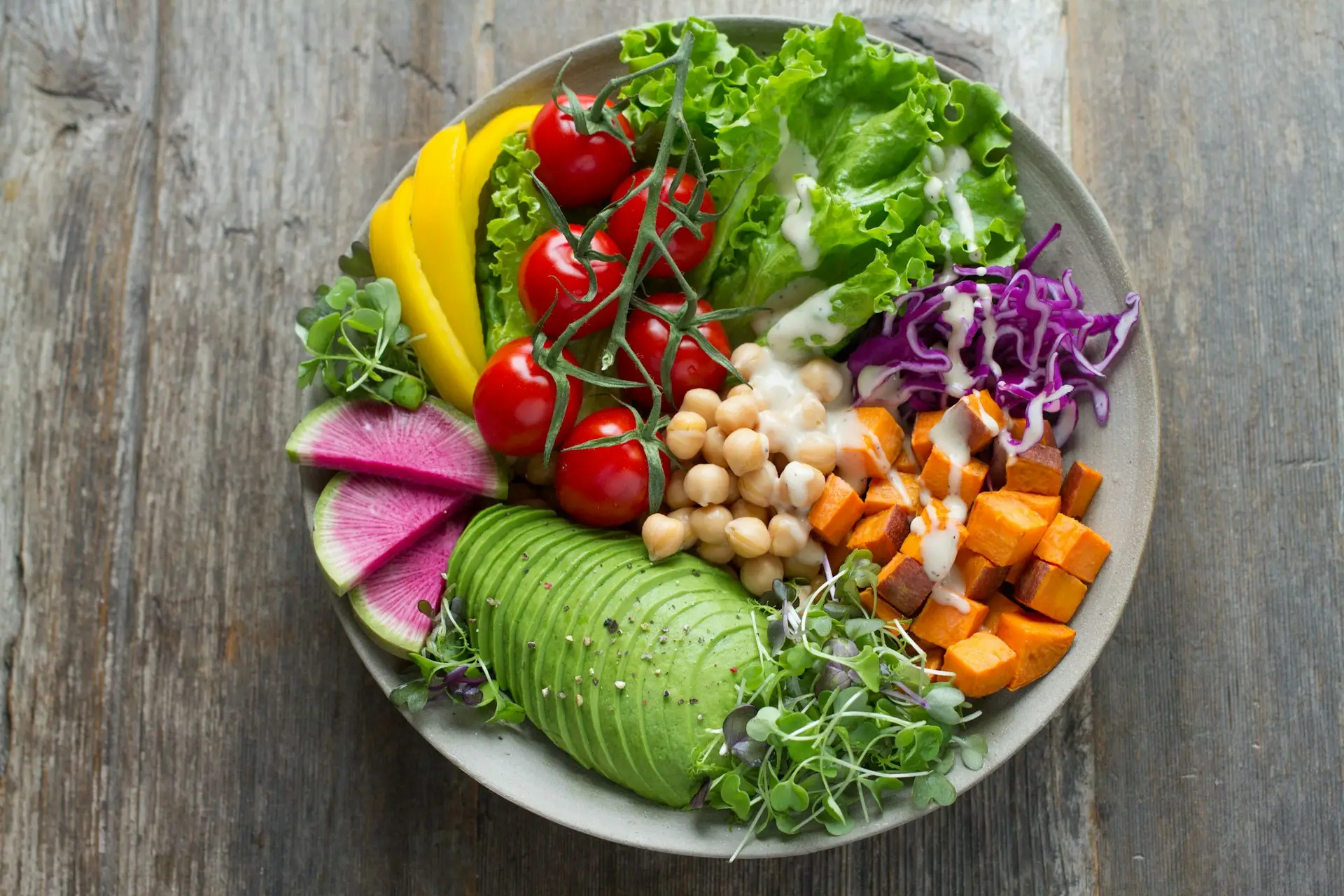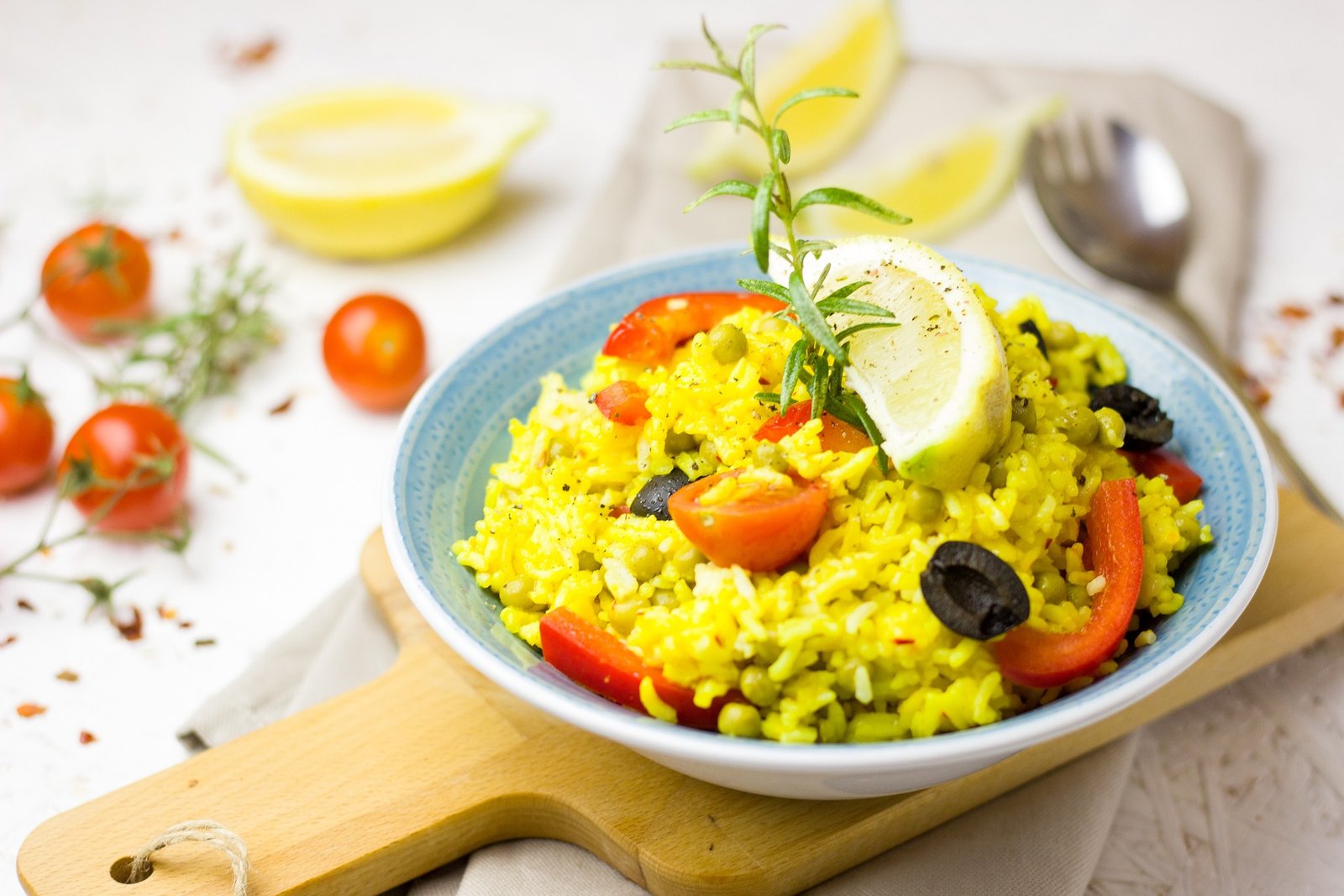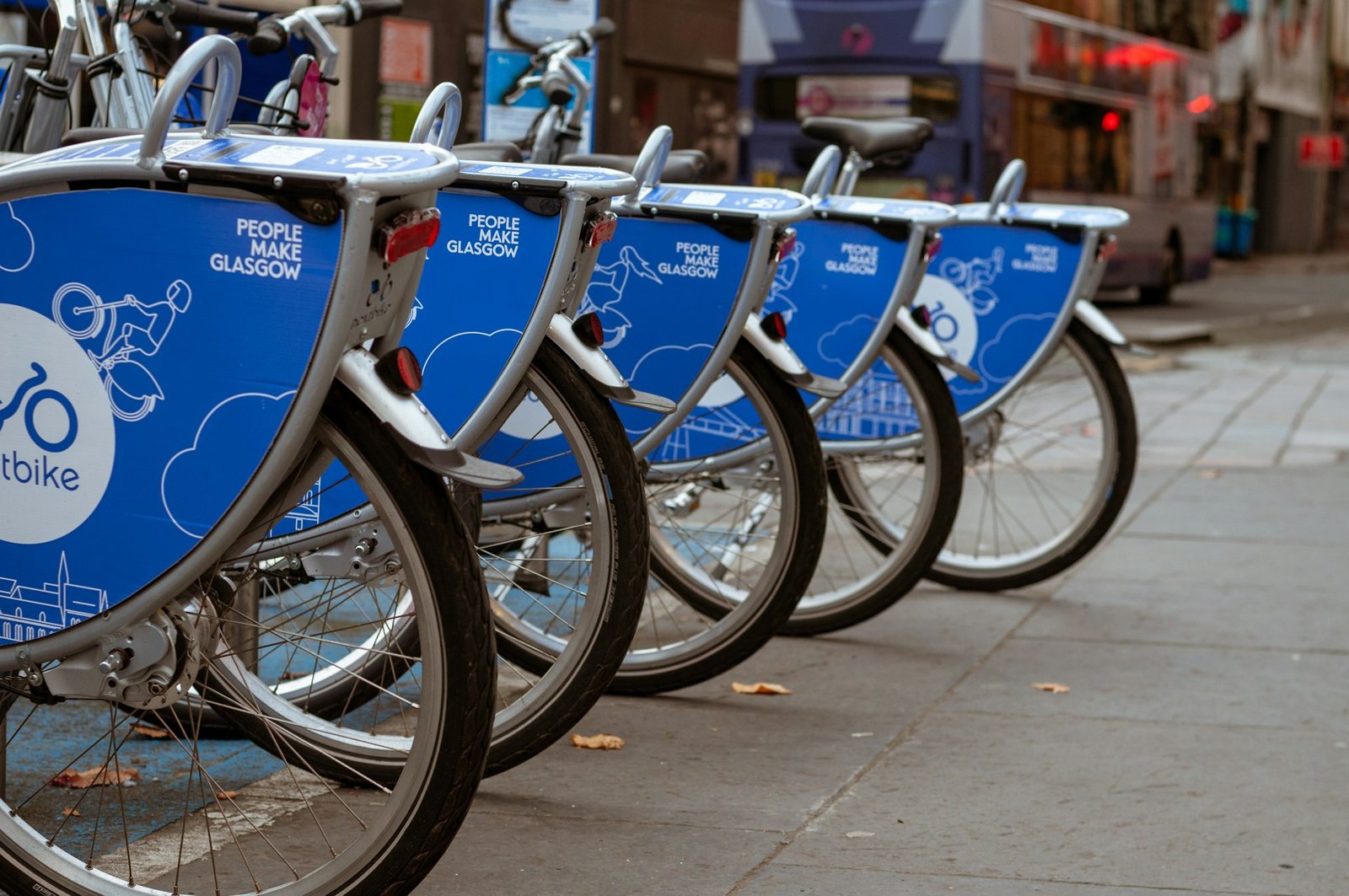Traveling through Europe is a dream for many, filled with diverse cultures, rich histories, and mouthwatering cuisine. However, for those embracing a plant-based lifestyle, vegan travel in Europe might seem a bit daunting. You might wonder: Will there be enough vegan options? How do you navigate language barriers to ensure your meals are truly plant-based?
Don’t worry! With a bit of preparation, you can experience Europe’s wonders while staying true to your vegan lifestyle. In this guide, we’ll show you exactly how to travel Europe as a vegan, answer your burning questions, and share practical tips to make your journey as delightful for your taste buds as it is for your spirit.
Quick Guide for Busy Readers: Essential Vegan Travel Tips in Europe
If you’re short on time but want to ensure a smooth vegan journey through Europe, here’s a quick rundown of the most important tips:
1. Research Vegan-Friendly Cities
- Top Picks: Berlin, London, and Amsterdam are vegan havens.
- Hidden Gems: Lisbon, Vienna, and Warsaw are also worth exploring.
2. Learn Key Phrases
- Memorize or note down how to say “I am vegan” in the local language. Example: “Je suis végétalien” (French), “Ich bin vegan” (German).
3. Utilize Apps
- Top Tools: HappyCow for restaurant finds, Google Translate for language help, and Vegan Passport for multi-language dietary translations.
4. Stay in Accommodations with Kitchens
- Opt for Airbnb or hostels with kitchen access. This allows you to cook your own meals using fresh local produce.
5. Pack Vegan Snacks
- Always carry essentials like nuts, protein bars, and dried fruits to avoid hunger when options are limited.
6. Explore Local Vegan Dishes
- Must-Try Foods: Vegan schnitzel in Germany, moussaka in Greece, and gelato in Italy.
7. Support Local Vegan Businesses
- Seek out and support local vegan restaurants, shops, and markets to enrich your travel experience.
This quick guide ensures you’re prepared, even if you only have a few minutes to plan!
The Rise of Veganism in Europe
Before diving into the nitty-gritty, it’s worth noting the surge in veganism across Europe. According to a 2022 report by the European Vegetarian Union, the number of vegans in Europe has tripled over the last decade. Countries like Germany, the UK, and Sweden are leading the charge with a growing number of vegan-friendly restaurants, cafes, and supermarkets. Even in traditionally meat-centric countries like France and Spain, the vegan scene is blossoming, making Europe more accommodating than ever for plant-based travelers.

Essential Tips for Vegan Travel in Europe
1. Research Vegan-Friendly Destinations
- Top Vegan Cities in Europe: Start by exploring vegan hotspots like Berlin, London, and Amsterdam. Berlin is often hailed as the vegan capital of Europe, boasting over 600 vegan and vegetarian restaurants. London isn’t far behind, with its vibrant street food scene and vegan markets. Amsterdam, with its eco-conscious vibe, offers a plethora of vegan options.
- Hidden Gems: Don’t overlook smaller cities and towns. Cities like Lisbon, Vienna, and Warsaw are becoming increasingly vegan-friendly, with a growing number of eateries catering to plant-based diets.
2. Learn Key Phrases in the Local Language
- Language barriers can be a challenge, especially when traveling to less touristy areas. Learning basic phrases like “I am vegan” (“Ich bin vegan” in German, “Je suis végétalien” in French) can go a long way. Carry a vegan translation card, or use apps like Google Translate to communicate your dietary needs.
3. Use Apps and Online Resources
- Technology is your best friend when traveling as a vegan. Download apps like HappyCow, which lists vegan and vegetarian restaurants worldwide. Vegman and Vanilla Bean are also excellent resources for finding vegan-friendly spots. Additionally, the Vegan Passport app offers translation help in over 80 languages.
4. Stay in Accommodations with Kitchen Facilities
- Consider staying in Airbnb apartments or hostels with kitchen access. This allows you to prepare your own meals, especially in areas with limited vegan options. Shopping at local markets can be a fun way to experience the culture and try fresh, local produce.
5. Pack Vegan Snacks and Essentials
- While Europe is becoming more vegan-friendly, there may still be times when options are scarce. Packing snacks like nuts, protein bars, or dried fruits can be a lifesaver. If you have space, consider bringing some vegan staples like nutritional yeast or plant-based protein powder.
Navigating Veganism in Different European Countries

1. Germany: The Vegan Powerhouse
- Berlin: With its abundance of vegan restaurants, shops, and even a vegan street, Berlin is a paradise for plant-based eaters. Must-visit spots include Vöner, a vegan kebab joint, and Brammibal’s Donuts, known for its delicious vegan donuts.
- Munich & Hamburg: Other German cities like Munich and Hamburg are also embracing the vegan movement. Be sure to try local veganized versions of traditional dishes like Weißwurst (a white sausage) or Frikadellen (meatballs).
2. United Kingdom: A Vegan Wonderland
- London: London’s vegan scene is unparalleled, with options ranging from gourmet vegan dining at Mildreds to budget-friendly eats at Temple of Seitan. The UK’s capital also hosts regular vegan markets and festivals, perfect for sampling a wide range of plant-based foods.
- Scotland & Wales: Don’t miss out on vegan haggis in Scotland or plant-based Welsh cakes in Wales. Even in more rural areas, veganism is thriving, with an increasing number of cafes and restaurants offering vegan menus.
3. France: Veganism in the Land of Butter
- Paris: Once considered a challenging destination for vegans, Paris has experienced a vegan renaissance. Today, the city boasts a growing number of vegan patisseries, cheese shops, and bistros. Try Le Potager du Marais for a vegan take on classic French dishes like onion soup and crème brûlée.
- Provence & Lyon: Beyond Paris, regions like Provence and cities like Lyon are also warming up to veganism, with an increasing number of vegan eateries and markets.
4. Italy: Veganism in the Land of Pasta and Cheese
- Rome & Florence: Italian cuisine may be known for its cheese and meat, but cities like Rome and Florence are surprisingly vegan-friendly. Many restaurants offer vegan versions of traditional dishes like pizza margherita and pasta alla norma. Don’t forget to indulge in vegan gelato!
- Southern Italy: In southern Italy, the Mediterranean diet shines with its naturally vegan dishes like bruschetta, pasta e fagioli (pasta and beans), and caponata (eggplant salad).
5. Spain: Veganism in a Tapas Culture
- Barcelona & Madrid: Spain’s vegan scene has exploded, particularly in cities like Barcelona and Madrid. Try Veggie Garden in Barcelona for a mix of Spanish and international vegan cuisine. Madrid also offers a wide range of vegan options, from traditional Spanish dishes to creative fusion cuisine.
- Andalusia: In regions like Andalusia, look out for traditional dishes that are naturally vegan, such as gazpacho (cold tomato soup) and salmorejo (thicker version of gazpacho).
Frequently Asked Questions (FAQs)
Is it hard to find vegan food in Europe?
Not at all! While some regions may be more challenging than others, Europe is increasingly becoming vegan-friendly. Major cities like Berlin, London, and Paris have a wealth of vegan options. Even in smaller towns, you can often find at least one or two restaurants offering vegan meals.
Can I find vegan versions of traditional European dishes?
Absolutely! Many traditional dishes have been veganized by creative chefs across Europe. From vegan sausages in Germany to plant-based paella in Spain, there’s no shortage of delicious vegan versions of classic European foods.
What should I do if I can’t find a vegan restaurant?
If you’re in a location without a dedicated vegan restaurant, look for ethnic cuisines that are often vegan-friendly, such as Indian, Middle Eastern, or Thai. Additionally, many European restaurants are accommodating and can prepare vegan versions of dishes upon request.
Are there vegan grocery stores in Europe?
Yes, many European countries have vegan grocery stores or supermarkets with dedicated vegan sections. In Germany, for example, chains like Veganz are entirely vegan. Most major supermarkets in cities across Europe also carry a variety of vegan products.
How do I handle language barriers when ordering vegan food?
Learning a few key phrases in the local language can be incredibly helpful. Additionally, carrying a vegan translation card or using apps like Google Translate can assist in communicating your dietary needs.
Must-Try Vegan Dishes in Europe

1. Vegan Schnitzel in Germany
- A plant-based twist on a German classic, vegan schnitzel is made using seitan or tofu, breaded, and fried to perfection.
2. Vegan Moussaka in Greece
- Layers of eggplant, potatoes, and lentils topped with a creamy béchamel sauce make vegan moussaka a must-try in Greece.
3. Vegan Paella in Spain
- This iconic Spanish dish is reimagined with vegetables, chickpeas, and sometimes tofu or tempeh, cooked in a rich, saffron-infused broth.
4. Vegan Croissant in France
- Vegan croissants have made their way into many Parisian bakeries, offering a dairy-free version of this beloved pastry.
5. Vegan Gelato in Italy
- Italy’s famous gelato is available in vegan flavors, often made with almond, coconut, or soy milk.
Sustainable Vegan Travel Tips

Traveling as a vegan often goes hand in hand with a commitment to sustainability. Here are some tips to keep your travels eco-friendly:
1. Opt for Plant-Based Meals on Flights
- Most airlines offer vegan meal options, but be sure to request one in advance. Flying with a low-cost carrier? Pack your own vegan meals and snacks to avoid plastic packaging from in-flight meals.
2. Support Local Vegan Businesses
- Whenever possible, support local vegan-owned businesses. This not only ensures you’re getting delicious food but also helps the local vegan community thrive.
3. Choose Eco-Friendly Accommodations
- Many eco-conscious accommodations cater to vegan travelers, offering plant-based meals and promoting sustainable practices. Look for eco-hotels or hostels with green certifications.
4. Use Reusable Utensils and Containers
- Carry a set of reusable utensils, a water bottle, and containers to minimize waste, especially when eating on the go.
5. Take Public Transport or Rent a Bike
- Reduce your carbon footprint by using public transport or renting a bike. Many European cities are bike-friendly, making it easy to explore while staying active.
Conclusion

Traveling through Europe as a vegan is not only possible but can also be a deeply rewarding experience. With the continent’s expanding vegan scene and diverse culinary offerings, you can fully enjoy Europe’s flavors without compromising your ethical choices. By planning ahead and knowing how to travel Europe as a vegan, you’ll discover a treasure trove of plant-based delights, from bustling cities to charming villages. So, pack your bags, stock up on vegan snacks, and get ready for an unforgettable vegan travel in Europe adventure that satisfies both your taste buds and your values.





